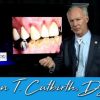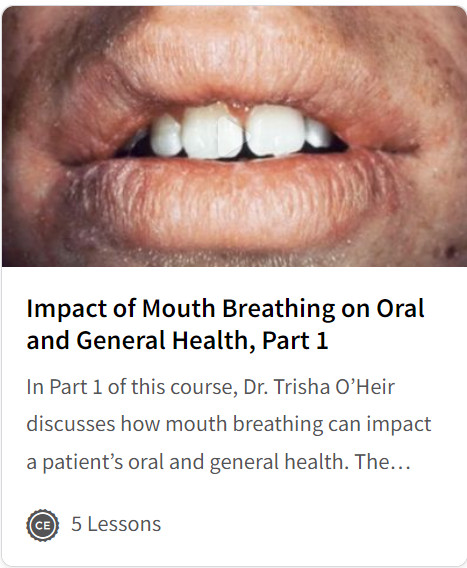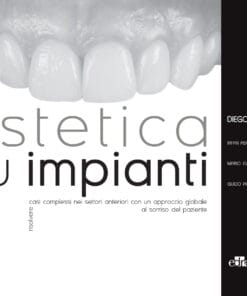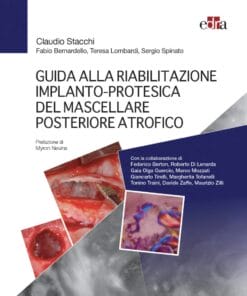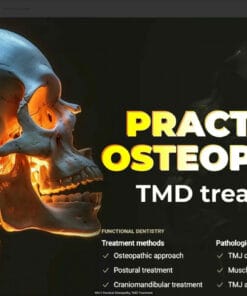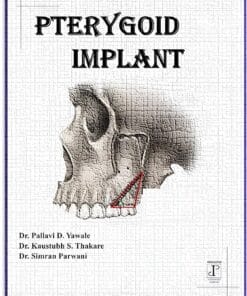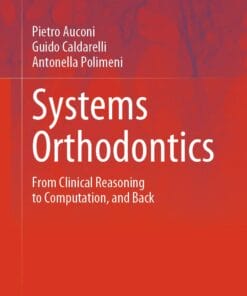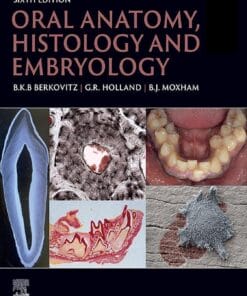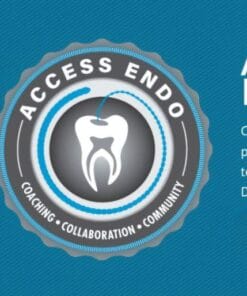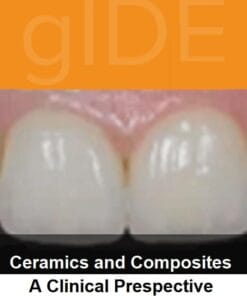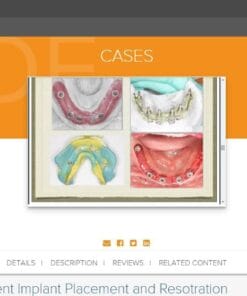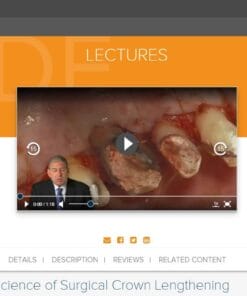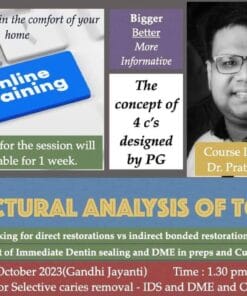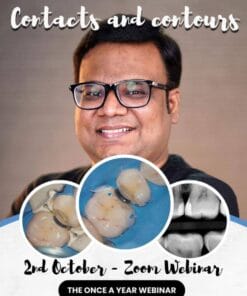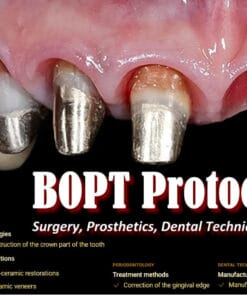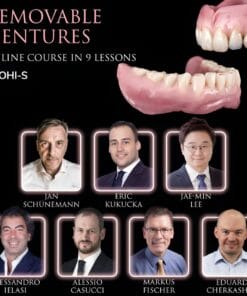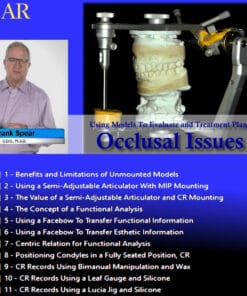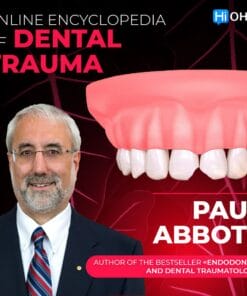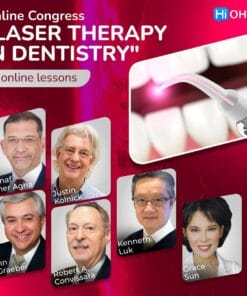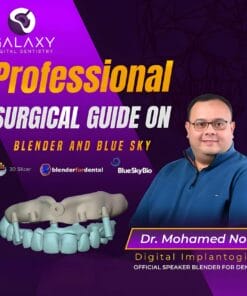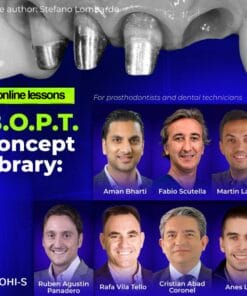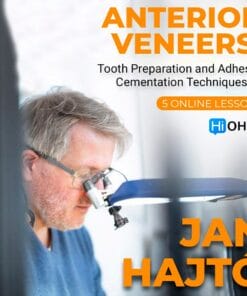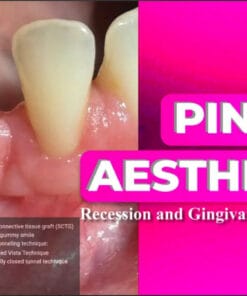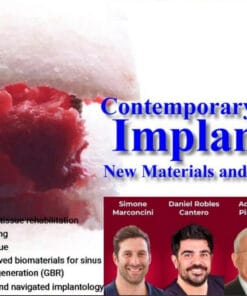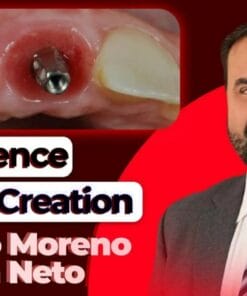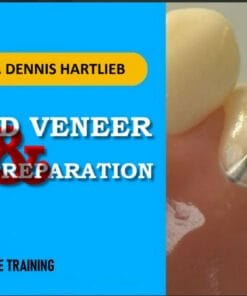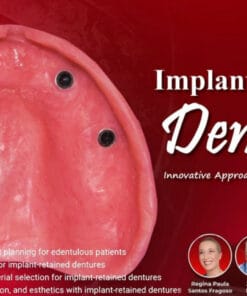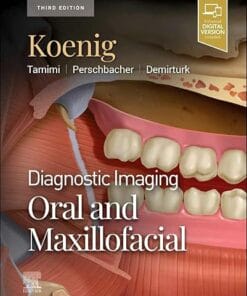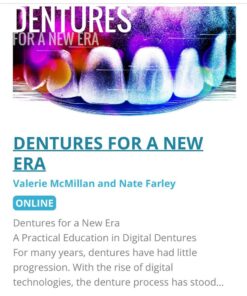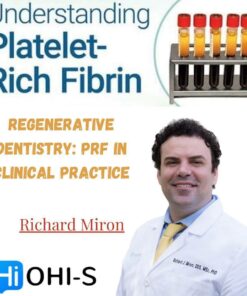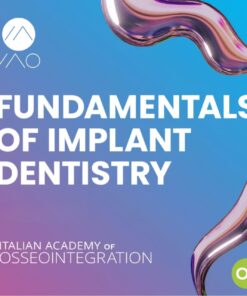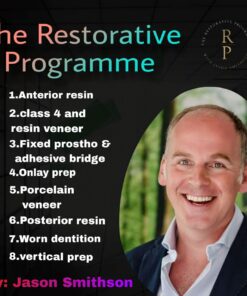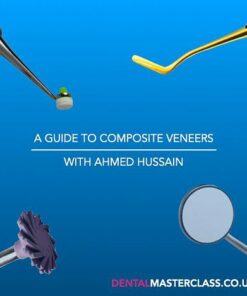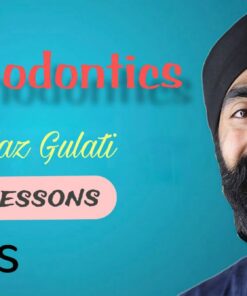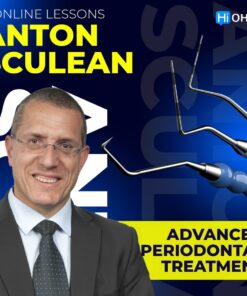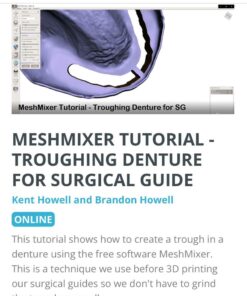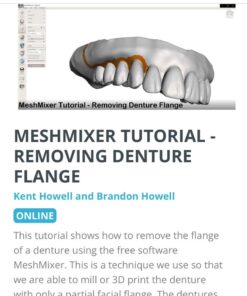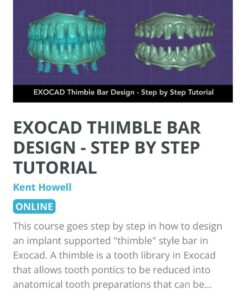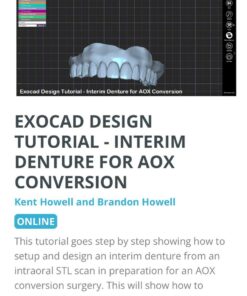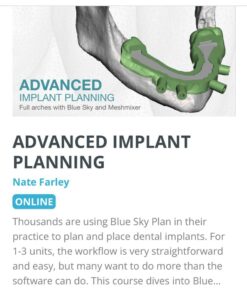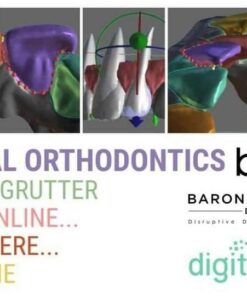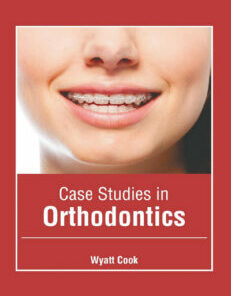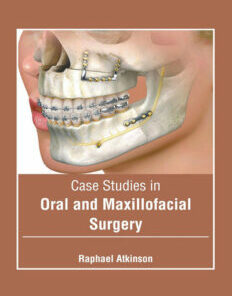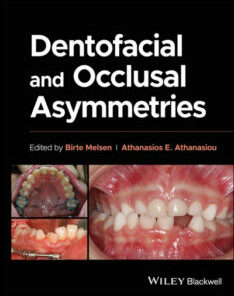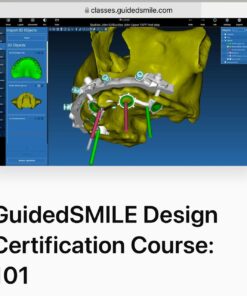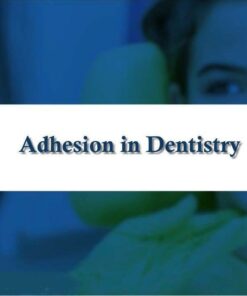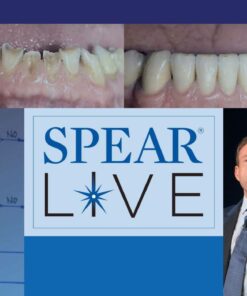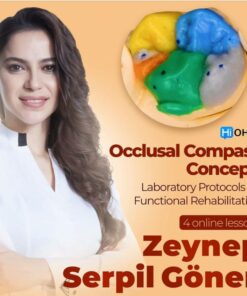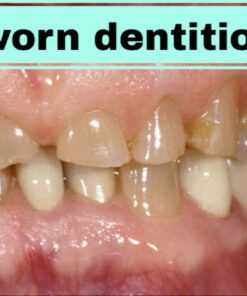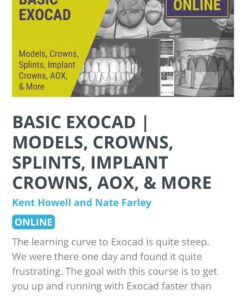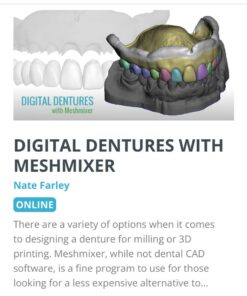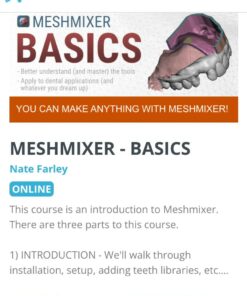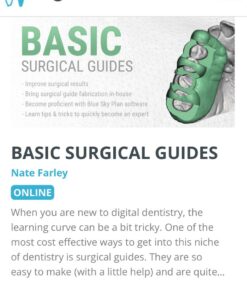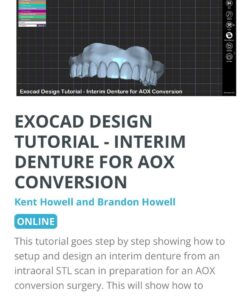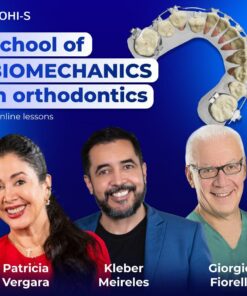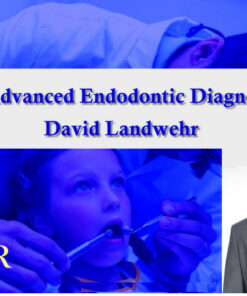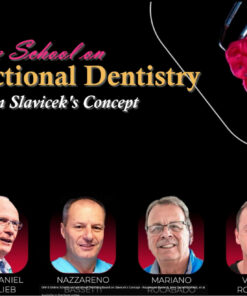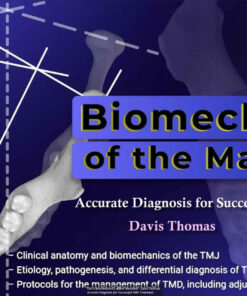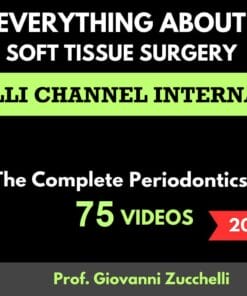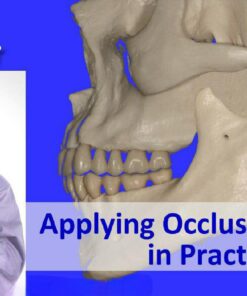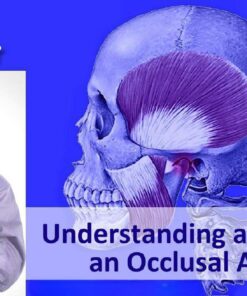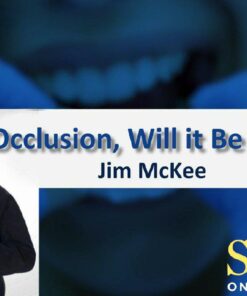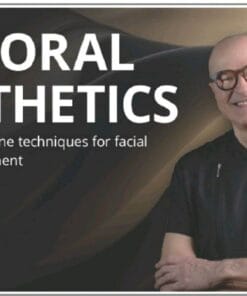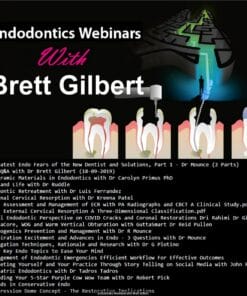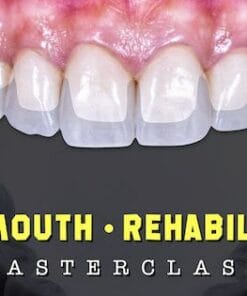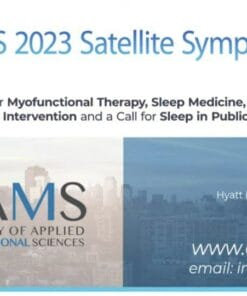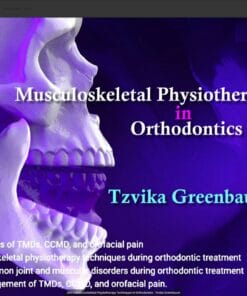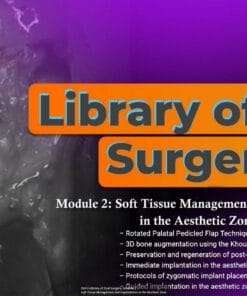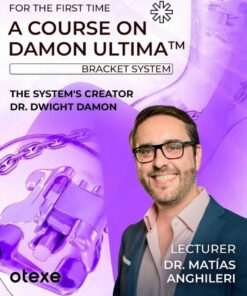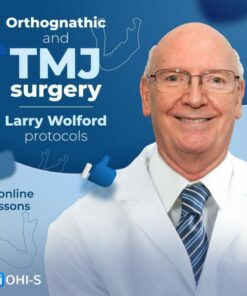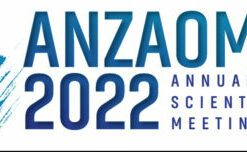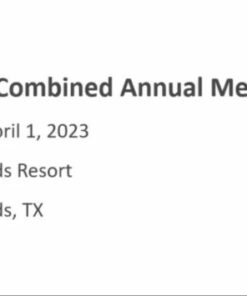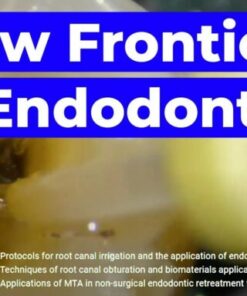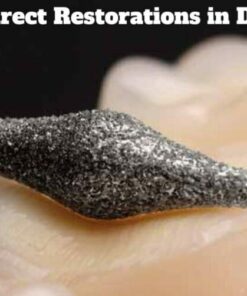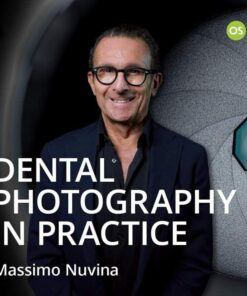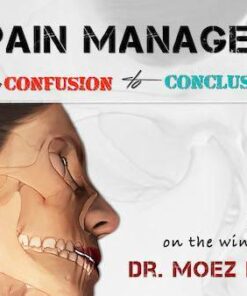Impact of Mouth Breathing on Oral and General Health, Part 1 (Course)
25 $
Course 1 of 1 | Lesson 1 of 5 | Duration: 1:03:57
Mouth breathing, often overlooked as a mere aesthetic concern, holds far-reaching implications for both oral and general health. Its prevalence in children is of particular concern, given the ongoing development of their facial features. The course sheds light on how persistent mouth breathing can contribute to long face syndrome, which can affect both oral health and facial aesthetics.
Impact of Mouth Breathing on Oral and General Health, Part 1 (Course)
Introduction: Mouth breathing, often overlooked as a mere aesthetic concern, holds far-reaching implications for both oral and general health. Its prevalence in children is of particular concern, given the ongoing development of their facial features. Mouth breathing can occur throughout the day and night, leading to issues such as long face syndrome, a narrow high-vaulted palate, and malocclusion. Dental hygienists and dentists play a vital role in identifying mouth breathing in their patients and offering effective solutions for correction. In the informative “Impact of Mouth Breathing on Oral and General Health, Part 1” course, presented by hygienist Tricia O’Hehir at Spear, the importance of nasal breathing is emphasized. This comprehensive four-lesson course delves into the historical context of mouth breathing, the contrasting impact of oxygen absorption in mouth and nasal breathing, and the intricate development of long face syndrome.
Key Features:
- Understanding Oxygen Absorption Difference between Nasal and Mouth Breathing: The course offers a detailed examination of the significant variance in oxygen absorption between nasal and mouth breathing. By comprehending this crucial distinction, participants will gain insight into the physiological implications of each breathing method and its impact on overall health.
- Mouth Breathing’s Role in Long Face Syndrome Development in Children: Children are particularly susceptible to the adverse effects of mouth breathing due to their facial growth and development. The course sheds light on how persistent mouth breathing can contribute to long face syndrome, which can affect both oral health and facial aesthetics.
- Benefits of Nasal Breathing: Nasal breathing serves as a cornerstone for optimal health. By highlighting the manifold advantages of nasal breathing, the course underscores the importance of promoting this natural breathing pattern for enhanced overall well-being.
Target Audience: This course is tailored to dental hygienists and dentists seeking a deeper understanding of the impact of mouth breathing on oral and general health. By participating in the course, dental professionals can equip themselves with the knowledge and diagnostic tools necessary to identify mouth breathing in their patients and offer effective interventions.
Conclusion: The significance of proper breathing patterns cannot be understated, as it plays a pivotal role in oral and general health. The “Impact of Mouth Breathing on Oral and General Health, Part 1” course provides a comprehensive and insightful exploration of the topic, highlighting the contrasting effects of nasal and mouth breathing on oxygen absorption and illuminating the consequences of mouth breathing on children’s facial development. As dental hygienists and dentists gain a deeper understanding of mouth breathing’s impact, they can take proactive measures to diagnose and address this issue, ultimately fostering improved overall health and well-being for their patients. In Part 2 of the course, further insights into the broader systemic implications of mouth breathing will be explored, enabling participants to offer comprehensive care to their patients and contribute to the advancement of oral health knowledge and practices.
Related Products
Dental Ebook And Video
Guida alla riabilitazione implantoprotesica del mascellare posteriore atrofico pdf
Dental Ebook And Video
Oral Anatomy, Histology and Embryology, 6th edition (Original PDF from Publisher)
Dental Ebook And Video
gIDE ondemand lectures – Edentulous Patient Implant Placement and Restoration
Dental Ebook And Video
gIDE ondemand lectures – The Art and Science of Surgical Crown Lengthening
Dental Ebook And Video
Structural Analysis of Tooth – The Concept of 4 C’s by Dr. Pratiek Gupta
Dental Ebook And Video
SPEAR Using Models To Evaluate and Treatment Plan Occlusal Issues – Frank Spear
Dental Ebook And Video
B.O.P.T. сoncept encyclopedia. For prosthodontists and dental technicians
Dental Ebook And Video
Precision in Laminate Ceramic Veneers: Tooth Preparation and Adhesive Cementation Techniques
Dental Ebook And Video
OHI-S Contemporary Advances in Implantology New Materials and Updated Protocols
Dental Ebook And Video
Tomorrow Tooth & OHI-S The 6 Elements of Orofacial Harmony – Lawrence F. Andrews
Dental Ebook And Video
OHI-S Implant-Retained Dentures Innovative Approach to Full-Arch Prosthetics
Dental Ebook And Video
RBB MasterClass,How to Succeed with Resin Bounded Bridges-Jazz Gulati
Dental Ebook And Video
Dental Ebook And Video
OHI-S Centric Relation, all Methods of Registration & Clinical Application
Dental Ebook And Video
Dental Ebook And Video
OHI-S Occlusal Compass Concept: Laboratory Protocols for Functional Rehabilitation
Dental Ebook And Video
AOX Crystal Ultra Hybrid Restoration: All Clinical & Lab Steps Start to Finish
Dental Ebook And Video
Dental Ebook And Video
Innovative Dental Marketing Ideas to Grow Your Practice – Gayle Reynolds
Dental Ebook And Video
OHi-S Biomechanics of the Mandible – Davis Thomas Accurate Diagnosis for Successful TMD Treatment
Dental Ebook And Video
Dental Ebook And Video
FMR – Full Course – Dr. Moez Khakiani (New online version with 2024 updates)
Dental Ebook And Video
OHI-S Musculoskeletal Physiotherapy Techniques in Orthodontics – Tzvika Greenbaum
Dental Ebook And Video
Dental Ebook And Video
Digital Hybrids for Dentists and Technicians Enjoy Tutorials with Exocad
Dental Ebook And Video
OTEXE A Course on Damon Ultima: Bracket System: The System’s Creator Dr.Dwight Damon
Dental Ebook And Video
Southwest Society of Oral and Maxillofacial Surgeons Combined Annual Meeting 2023
Dental Ebook And Video
Osteocom Implant Prosthodontics, from Planning to Restoration – David Powell



